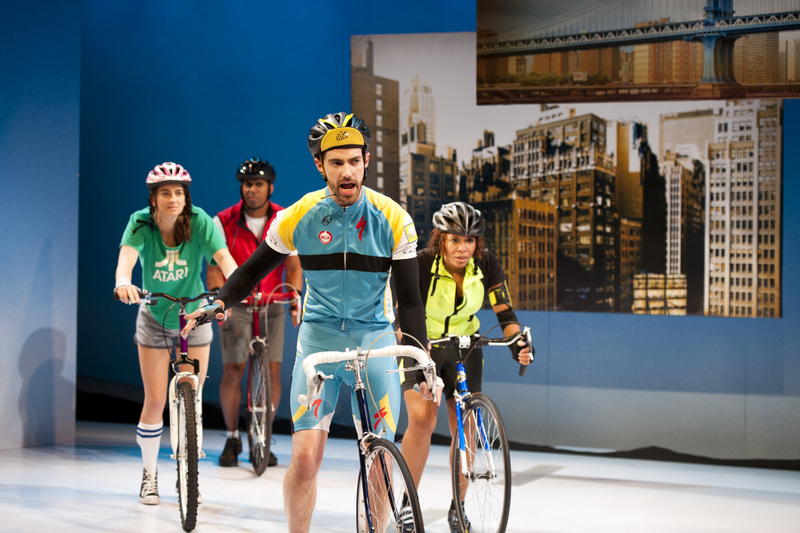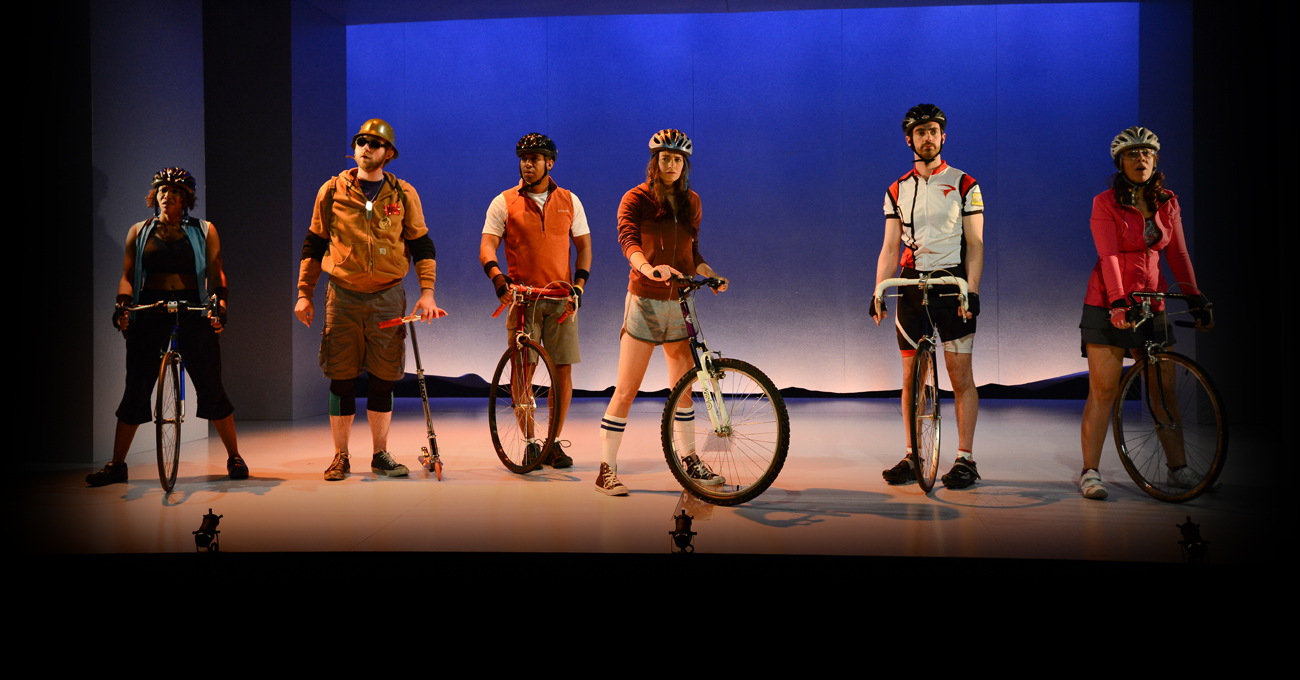We witness love everywhere we go and with everything we do. Whether it is a couple holding hands on a street corner, music that is sweet and romantic, or a piece of art that says “LOVE” sitting in the middle of our very own New York City. “LOVE,” created by Robert Indiana in 1967 during the Pop art movement, has been a blessing and a curse regarding the artist’s career and reputation. Explained in the article “An Artist’s LOVE-Hate Relationship” written by Jesse McKinley, “LOVE” has haunted Indiana because of the lack of respect for his work and overexposure of the piece.
Eighty-five year old Robert Indiana cannot help but feel like his piece of Pop Art has not been put in the proper light. “LOVE,” designed with a tilted O, was not correctly copyrighted and Indiana’s original design now has stretched from being translated to Chinese, to being used for the design on Converses. These places and products are not what Indiana had in mind for the piece of art, and was not able to voice if he wanted his work to be exposed on these things or not. As a result of the overexposure his creation, Indiana’s other pieces do not get a second look because people are not aware of the depth of his work past the infamous “LOVE.”
Mr. Indiana states “I’m sure all the people who have been born 20 years ago don’t know anything about me at all, except ‘LOVE.’” Unfortunately, it is safe to say his assumption is correct. He also adds that he did not like being identified under the Pop art movement. Do we really take a name like Pop art seriously? Are we so narrow-minded to forget that Robert Indiana’s “LOVE” is not just a one hit wonder in the world of art? Whitney Museum of American Art did not forget about Indiana’s collection. The museum is opening an exhibition retrospective of Indiana’s work called “Robert Indiana: Beyond LOVE.”
I am happy that Mr. Indiana is getting recognized for all of his work and not just his most mainstream piece. People identify with art every day whether they know it or not “LOVE” being an example of just that. People enjoy it splashed on their converse, drawing it in their notebooks, or taking a picture in front of it in NYC. However I can only hope that soon, our generation takes the next step after just identifying with art, but appreciating it as well. Robert Indiana created this piece and because of a copyrighting mistake, people took advantage of it and the depth of his work is forgotten.
Naturally, art was made a business for the people and companies that benefited from Indiana’s work. Does this mean that art overlaps with business? Is this ethical? Maybe Indiana should have been more careful so that his piece was given the respect it deserves. I believe that it was bound to happen that somebody made a profit on Indiana’s work especially with the copyright error. In my opinion, art overlaps with business more often than not because artists do need to make a profit and cannot just make art for fun if it is what they have chosen to do for a living.
McKinley, Jesse. “Robert Indiana Assumes One Work Has Swamped His Career.” New York Times. The New York Times, 19 Sept. 2013. Web. 28 Sept. 2013.






